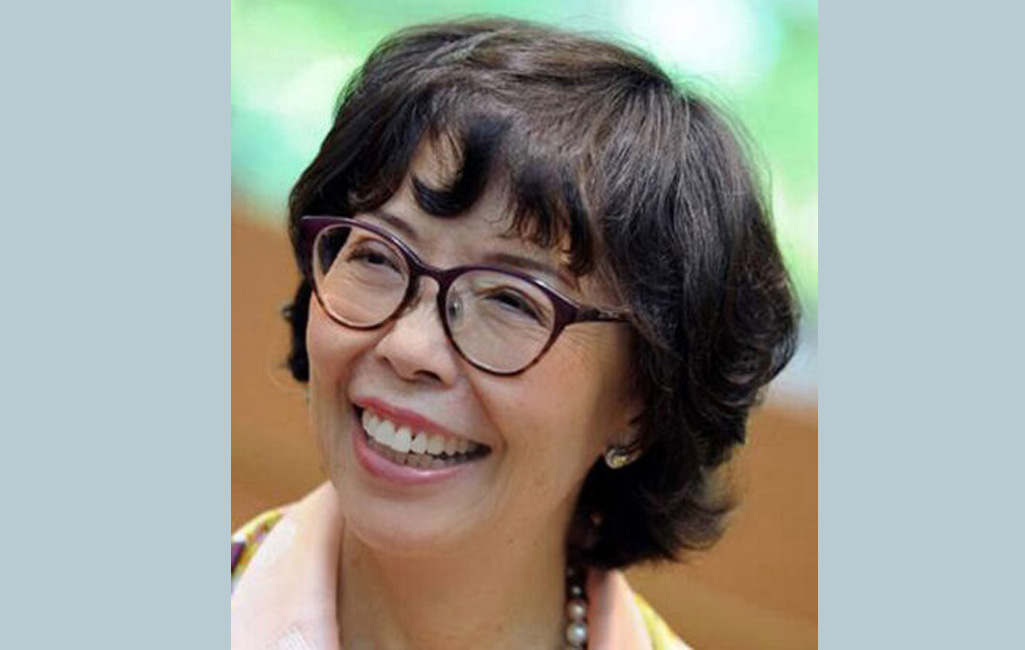By Susan Au Allen, National President & CEO, US Pan Asian American Chamber of Commerce-
The pre-pandemic outlook on businesses owned by Asian American women and the workforce was rosy at best. Today, the verdict is lackluster but encouraging. In American Express’ 2019 projections based on the latest Survey of Business Owners data of the U.S. Census Bureau, Asian American women-owned businesses numbered 1.2 million or nine percent of all women-owned businesses as of 2019.
These businesses earned an average revenue per firm with $191,200 compared with $142,900 among all women-owned enterprises — the highest revenue for any racial or ethnic group. The upward trend was encouraging.
But everything changed when the coronavirus began to spread relentlessly. At the height of the pandemic, 27 percent or around 233,000 Asian American-owned small enterprises shuttered. Nine out of 10 Asian American businesses lost revenue in 2020, the largest volume of losses among all racial groups.
The unprecedented disruptions and unique challenges brought by the pandemic has forced many in the service industries and retail sector — including a sizable number of Asian Ameri- can-owned businesses — to close. When the pandemic upended industries, Asian American women, particularly in the workforce, were impacted the most. Nearly half of Asian American women who were jobless have struggled with unemployment for six months or more. It is the highest rate of long-term unemployment among all racial groups.
According to the U.S. Bureau of Labor Statistics, Asian American women’s employment dipped by nearly 17 percent from March 2020 to April 2020 — a sobering loss of 787,000 jobs.
These staggering numbers are mainly due from the overwhelming number of Asian American women who work or own businesses in the service sector such as restaurants, leisure, hospitality, retail and beauty. They were the first ones directly impacted when hotels, restaurants, mom-and-pop stores and nail salons shuttered as restrictions were imposed to curtail the spread of the coronavirus.
In terms of employment, Asian American women are occupationally diverse; they range from high-wage professionals to low-wage earners.
Among the major six Asian American subgroups, South Asian American women are at one end of the spectrum with many in IT or health care services. Chinese American women are typically in the accounting and finance professions, while Filipino American and Korean American women are mostly registered nurses, physicians or in personal care. Japanese American women occupy the education niche as elementary or middle school teachers. At the other end of the spectrum, the leading occupations among Vietnamese American women are manicurists or hairdressers.
According to U.S. Bureau of Labor Statistics, Asian American women’s employment reached a 20-year high of 4.8 million in September 2019, in line with their population growth.
But when the pandemic hit, Asian American women, perhaps partly due to cultural proclivities, were more likely to make hard choices, including leaving the workforce and sacrificing their careers to care for their children. More often than not, they would also have to take care of their aging parents or in-laws as they live in an extended or multi-generational household.
To stay above water, many relied on a lifeline, a kind of internal network or support system in their respective communities. Still, many small business owners in ethnic enclaves Ike Chinatowns, Koreatowns, Japan Towns, Little India, Little Manila continue to struggle to do business and make rent.
Worse, the upsurge in anti-Asian sentiment and violence has contributed to businesses closing earlier than usual, limited days open, reduced foot traffic and customers and heightened anxiety.
While other small businesses have learned to pivot and create alternative revenue streams, many anticipate slower recovery in specific industries. This is especially evident among low- wage sectors with high numbers of Asian American workers with lower education.
Indeed, the extent of economic rebound for Asian American women-owned small businesses is highly tied to the level of access to capital, technical assistance, education, adoption to technology and professional training. In the workforce, an unemployed worker at a nail salon, a restaurant whether sit-in or take out, or mom-and-pop store, with low education, limited social network and job prospects, would probably have to wait until they are called to report back to work. For hotel workers, like others in the service sectors, the work-from-home set-up is not a prospect as they have to physically go to work.
In its third year, the pandemic continues to amplify uncertainty across industries. It threatens to undermine our national economic recovery.
There is, however, a silver lining to all this. As business activities slowly return to near pre-pandemic levels, expect sunrise sectors such as those in high-tech, biomedical and pharmaceutical fields that remained untouched by the pandemic to further flourish.
In addition, President Biden’s trillion-dollar infrastructure plan opens up new opportunities for businesses and the workforce. The economic pie has gotten bigger and there is room for everyone to partake in it.
To ensure that there is equal participation, resources must be in place to help minorities including Asian American women business owners and workforce to refocus, retrain, retool and navigate available opportunities. Meanwhile, the public and private sectors should work together to create policies, reduce barriers to entry, establish programs and advance advocacy efforts that will be conducive to the growth of women entrepreneurs. Asian American women, like minorities and diverse groups, are a burgeoning and influential community in the United States. They continue to make significant contributions to society as innovators and the linchpin of the national economy. They have made invaluable strides in many fields of endeavor. But there is a long way to go.
As our nation inches its way to recovery, one thing is clear: Asian American women, minorities and diverse communities are vital to achieving a strong resurgence. They must be included in the broader economic narrative and the myriad of business opportunities going forward.



